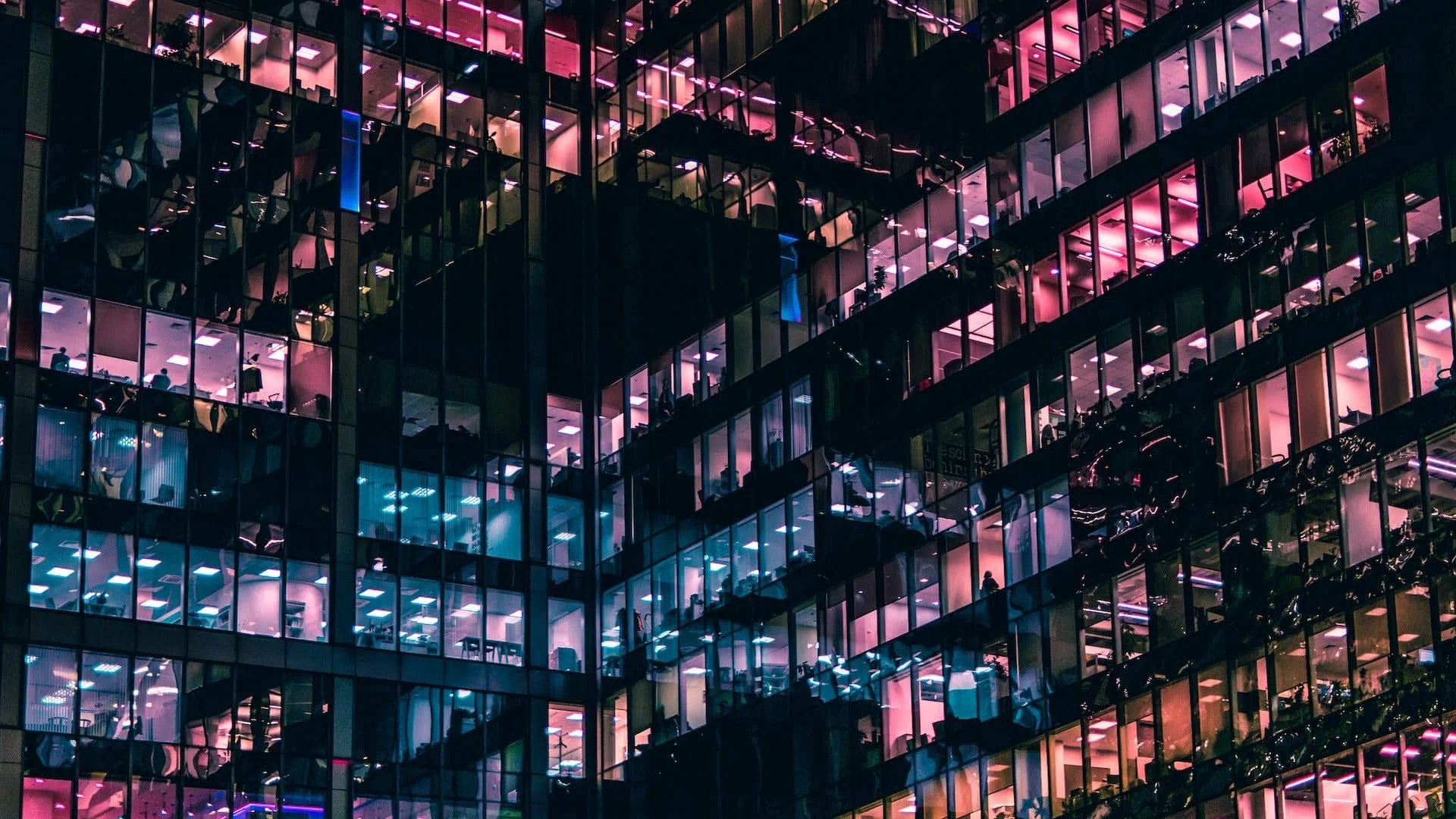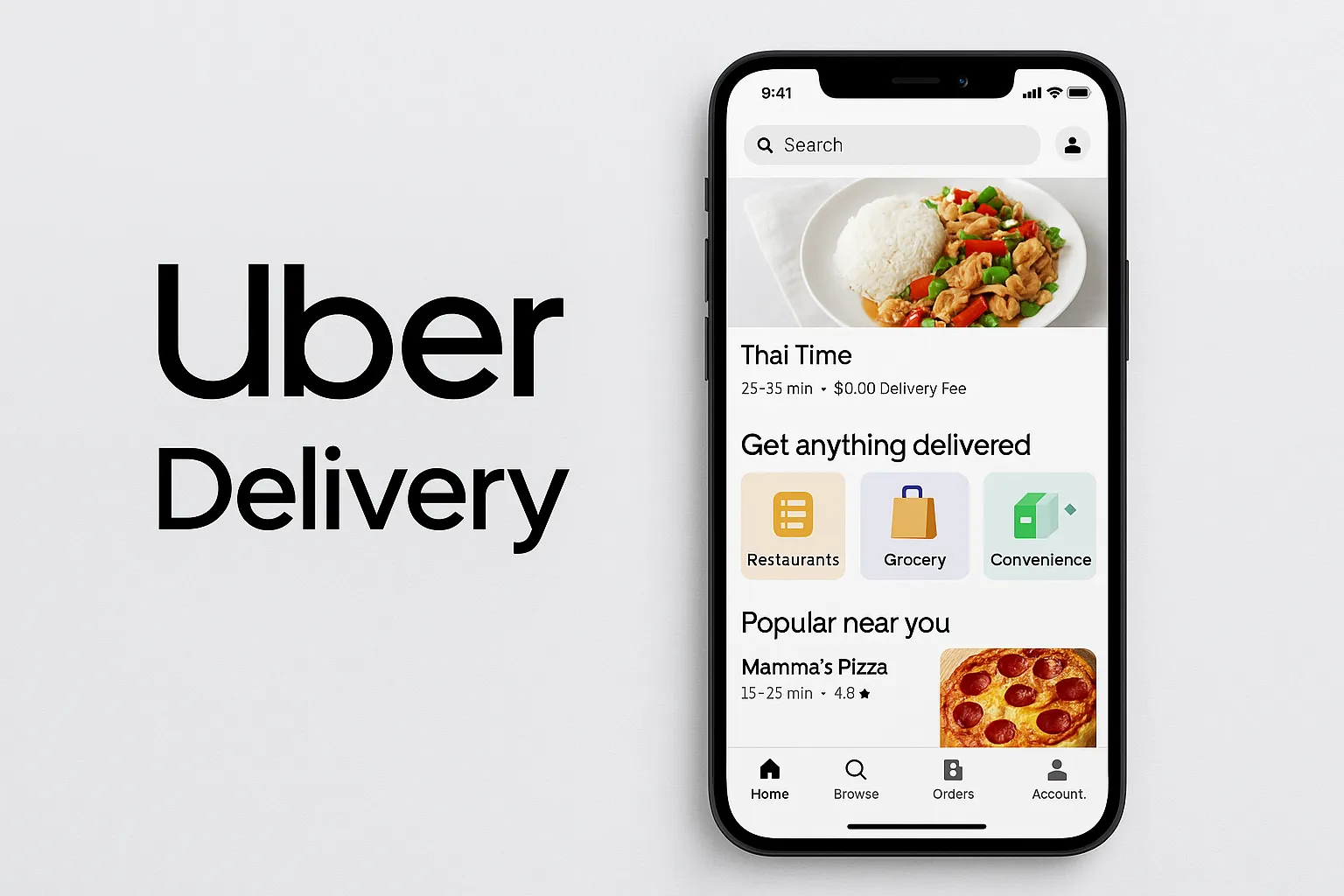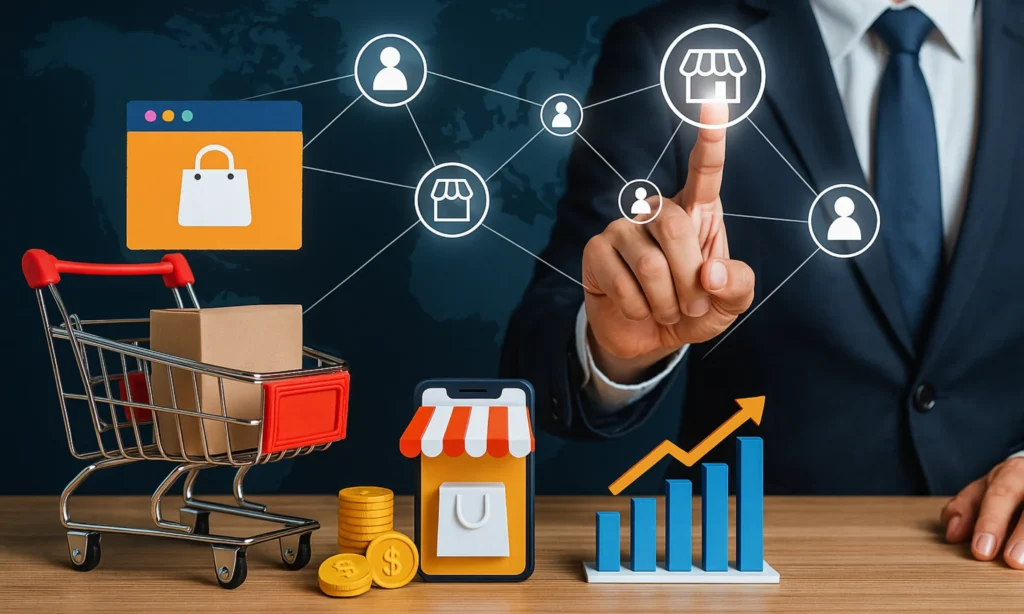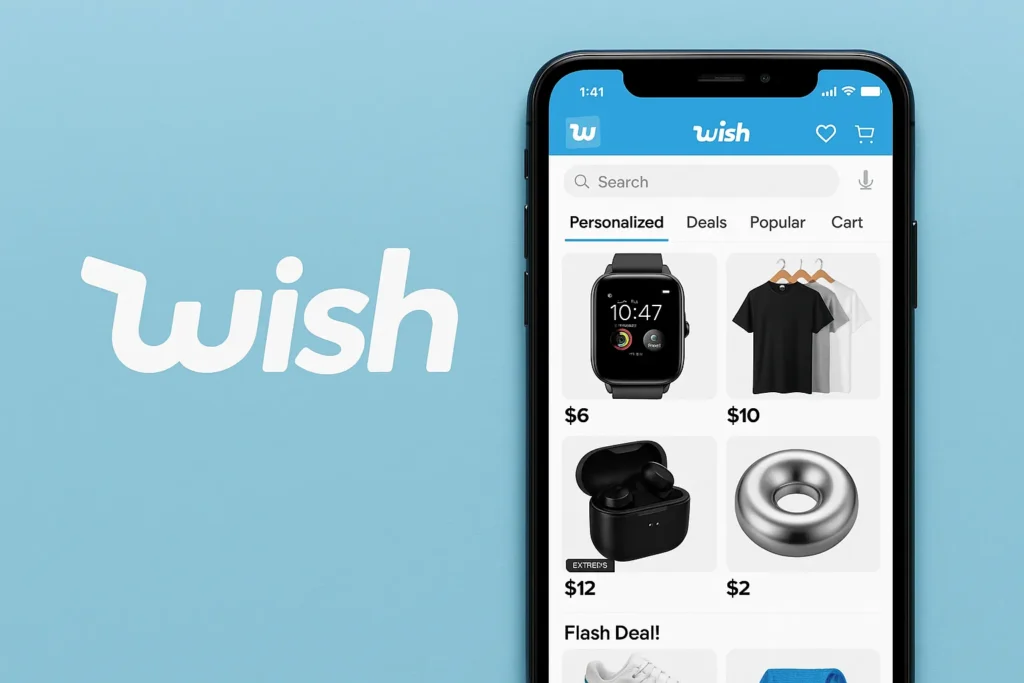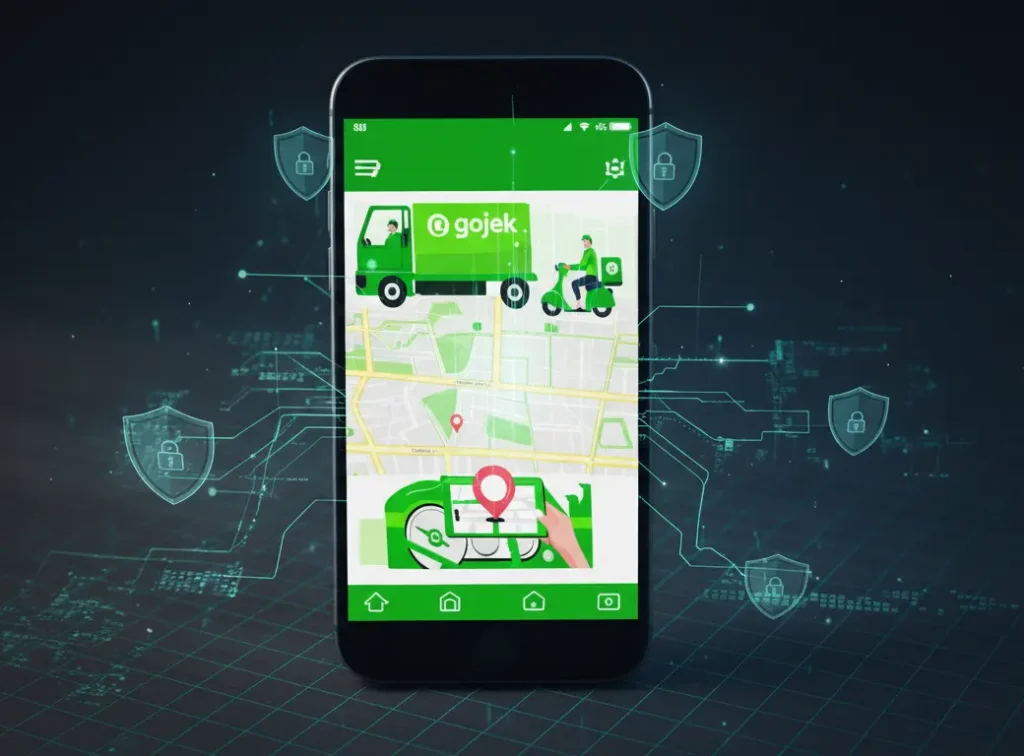Imagine craving your favorite sushi at 10 p.m. or needing to send a surprise birthday gift across town — within minutes. Uber Delivery makes both possible with just a few taps. In today’s on-demand world, it’s not just about food — it’s about instant access to anything you want, anytime you want it.
Launched as a natural extension of Uber’s ride-hailing empire, Uber Delivery (earlier known as Uber Eats and Uber Connect) evolved into a unified platform in 2023. It now combines food delivery, grocery logistics, and parcel delivery under one umbrella.
In 2025, Uber Delivery operates in 10,000+ cities across 45+ countries, partnering with over 1 million restaurants and retailers, delivering millions of orders daily. It’s not just convenience — it’s an ecosystem reshaping how consumers interact with local commerce.
What is Uber Delivery? The Simple Explanation
At its core, Uber Delivery is an on-demand logistics platform that connects users to nearby restaurants, grocery stores, and couriers for fast food and parcel delivery. It simplifies local delivery by using Uber’s powerful driver network and real-time GPS tracking to bring anything — from meals to packages — straight to your door.
Core Problem It Solves
Before Uber Delivery, consumers faced slow or unreliable deliveries from traditional services. Businesses struggled with logistics and last-mile delivery costs. Uber solved this by creating a tech-driven delivery network that uses the same fleet and algorithmic efficiency as Uber Rides — ensuring speed, reliability, and affordability.
Target Users & Use Cases
Uber Delivery caters to:
- Consumers who want food, groceries, or small parcels delivered within minutes.
- Restaurants and retailers that need a cost-effective delivery partner.
- Independent couriers looking for flexible earning opportunities.
Common use cases include:
Ordering food
Delivering groceries
Sending small parcels to friends, family, or clients
Read more: How to Build an App Like Uber Delivery: Developer’s Guide
Market Position (2025 Data)
As of early 2025, Uber Delivery holds around 25% of the global food delivery market, with over 130 million active monthly users. Its gross bookings surpassed $80 billion in 2024, driven by strong performance in the U.S., India, and Latin America.
Uber’s success lies in its existing infrastructure, brand trust, and seamless technology. By leveraging its massive driver base and intelligent routing algorithms, Uber Delivery minimized waiting times and maximized earnings for partners — all while delivering a polished user experience.
How Does Uber Delivery Work? Step-by-Step Breakdown
Uber Delivery operates through a three-sided ecosystem — connecting users, delivery partners, and merchants in real time using advanced algorithms and GPS technology. Let’s break down how it works for each group
For Users (Customers)
- Download & Sign Up
Users download the Uber or Uber Eats app, create an account, and enable location services. - Browse & Choose
They explore nearby restaurants, grocery stores, or delivery categories (like “Send a Package”). - Place Order
After adding items to the cart or entering parcel details, users confirm payment via cards, wallets, or UPI. - Real-Time Tracking
Once a driver accepts the request, users can track their courier’s live movement, ETA, and contact them directly. - Delivery Completion
The courier delivers the order, users confirm receipt, and rate their experience.
You order a pizza from Domino’s through Uber Delivery — the app assigns the nearest available courier, optimizes their route, and ensures the pizza reaches you within 25 minutes.
For Service Providers (Couriers/Drivers)
- Onboarding
Couriers sign up via the Uber Driver app, upload documents, and undergo quick verification. - Accepting Requests
They receive nearby delivery pings and can accept or reject them. - Pickup & Drop-off
The app guides them with optimized routes for multiple stops if needed. - Earnings
Couriers earn per delivery, plus incentives for surge hours or high-demand zones.
Average earnings (2025): $18–$25/hour depending on location.
For Merchants (Restaurants & Stores)
- Merchants register on Uber’s merchant platform, upload their menu or catalog, and set prices.
- Orders appear on their dashboard in real time.
- They prepare items, and Uber drivers handle delivery.
- Uber charges a commission per order (usually 15–30% depending on plan and market).
Technical Overview (Simplified)
Uber Delivery’s system is powered by AI-driven dispatch algorithms that match users and drivers efficiently.
It integrates:
- GPS & Geofencing for real-time location tracking
- Machine Learning for ETA prediction and route optimization
- Cloud Infrastructure for scalability
- Push Notifications & APIs to keep all parties in sync
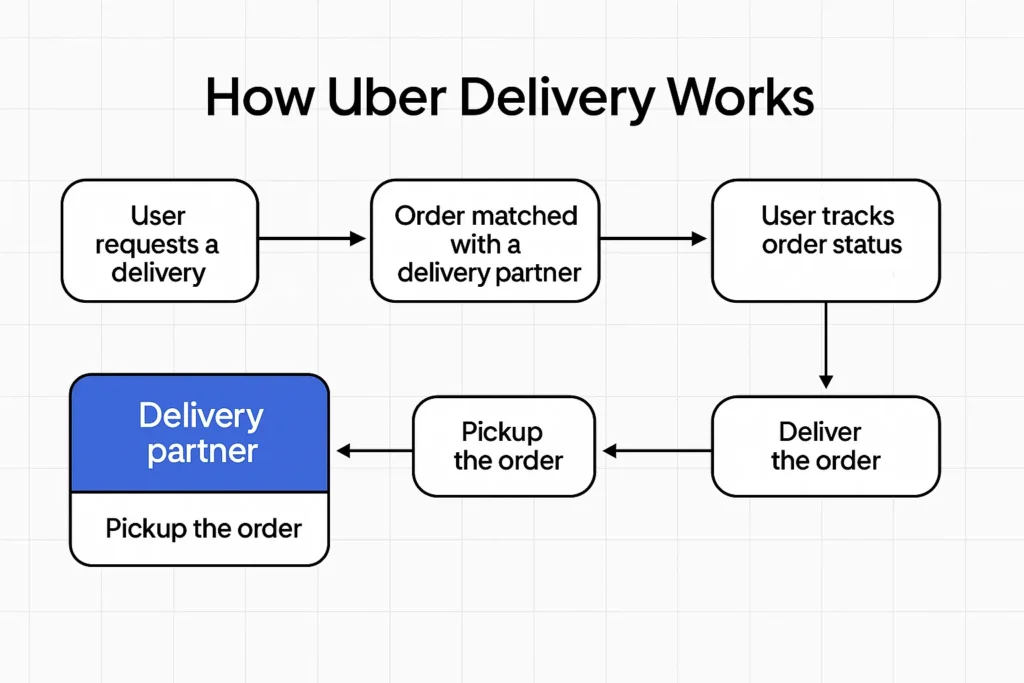
Uber Delivery’s Business Model Explained
Uber Delivery’s business model is a perfect example of the “multi-sided marketplace” — it connects users, merchants, and couriers while taking a cut from each successful transaction. In 2025, the platform has evolved into a diversified revenue engine, generating billions in gross bookings every quarter.
How Uber Delivery Makes Money
- Commission from Restaurants & Merchants
Uber charges restaurants and stores a 15%–30% commission per completed order.
Premium visibility or featured listings come with higher commission tiers. - Delivery & Service Fees from Users
Users pay a delivery fee (usually $1.99–$5.99 depending on distance) and a small service fee (around 5%–10% of the order total).
During peak hours, Uber applies surge pricing to manage demand. - Uber One Subscription
A monthly plan ($9.99/month) offering free deliveries and discounts, driving user retention. - Advertising Revenue
Merchants can pay to appear in “Sponsored Listings” within the app — a fast-growing segment in 2025, contributing over $600 million annually. - Parcel & Courier Services (Uber Connect)
Businesses and individuals use Uber for same-day local deliveries. These bring in additional per-mile fees. - Partnerships & White-Label Delivery
Uber collaborates with major retailers and grocery chains to power their white-label delivery infrastructure (e.g., Costco, Walmart, and Carrefour).
Market Size & Growth (2025 Snapshot)
| Metric | Data (2025) |
| Global Market Value (Food Delivery) | $410 Billion |
| Uber Delivery’s Market Share | 25% Worldwide |
| Active Couriers | Over 5 Million |
| Average Order Value | $27.50 |
| Annual Revenue (2024) | $12.1 Billion |
| Growth Rate YoY | +17% |
Profit Margins Insight
Uber Delivery’s focus on AI-driven logistics optimization and shared fleet usage (across rides and deliveries) significantly reduces operational costs. While net margins remain thin (~6–8%), the volume scale and subscription model make it highly sustainable.
Key Features That Make Uber Delivery Successful
Uber Delivery’s massive success isn’t just about convenience — it’s built on smart design, AI-powered logistics, and user-centric innovation. Each feature is designed to make the process faster, safer, and more reliable. Let’s explore the top features shaping its dominance in 2025
Top 10 Features & Why They Matter
| Feature | Why It Matters | Benefit to Users |
| 1. Real-Time GPS Tracking | Displays driver movement and ETA updates. | Builds trust and transparency. |
| 2. Smart Order Matching | Uses AI to assign the nearest available courier. | Ensures faster deliveries and lower wait times. |
| 3. Multi-Stop Deliveries | Couriers can handle multiple deliveries in one trip. | Reduces cost per delivery and boosts driver efficiency. |
| 4. Contactless Delivery | Enables safe drop-offs without direct interaction. | Ensures hygiene and safety post-COVID. |
| 5. Uber One Subscription | Provides unlimited free deliveries and discounts. | Encourages loyalty and repeat orders. |
| 6. Dynamic Pricing Engine | Adjusts prices based on demand and traffic. | Balances marketplace efficiency. |
| 7. Smart Notifications | AI-powered updates about ETA, offers, and reorders. | Keeps users informed and engaged. |
| 8. Order Customization | Restaurants can showcase menu variations and preferences. | Improves personalization and upselling. |
| 9. Parcel Delivery (Uber Connect) | Lets users send small packages locally. | Expands Uber beyond food — into urban logistics. |
| 10. Ratings & Review System | Mutual feedback improves service quality. | Promotes accountability and trust. |
Read more: Best Uber Delivery Clone Scripts in 2025: Features & Pricing Compared
2025 Feature Updates
- AI-Driven Route Prediction: New machine learning models reduce delivery time by up to 20%.
- Voice Ordering via Uber Assistant: Integrated AI chatbot allowing users to order hands-free.
- Carbon-Neutral Deliveries: Uber aims for 80% green deliveries by 2026, with EV and e-bike integration.
- Unified App Experience: Uber Eats, Connect, and Rides are now combined under one app for seamless switching between services.
AI & Machine Learning Integrations
- ETA Prediction Models that learn from millions of trips daily.
- Demand Forecasting to allocate couriers efficiently during lunch and dinner peaks.
- Recommendation Algorithms suggesting restaurants or products based on order history.
What Sets Uber Delivery Apart
Unlike regional players, Uber leverages its global mobility network and proprietary AI systems, giving it unmatched reach and consistency. Its integration with Uber Rides and Uber for Business creates a complete ecosystem — moving not just people, but everything people need.
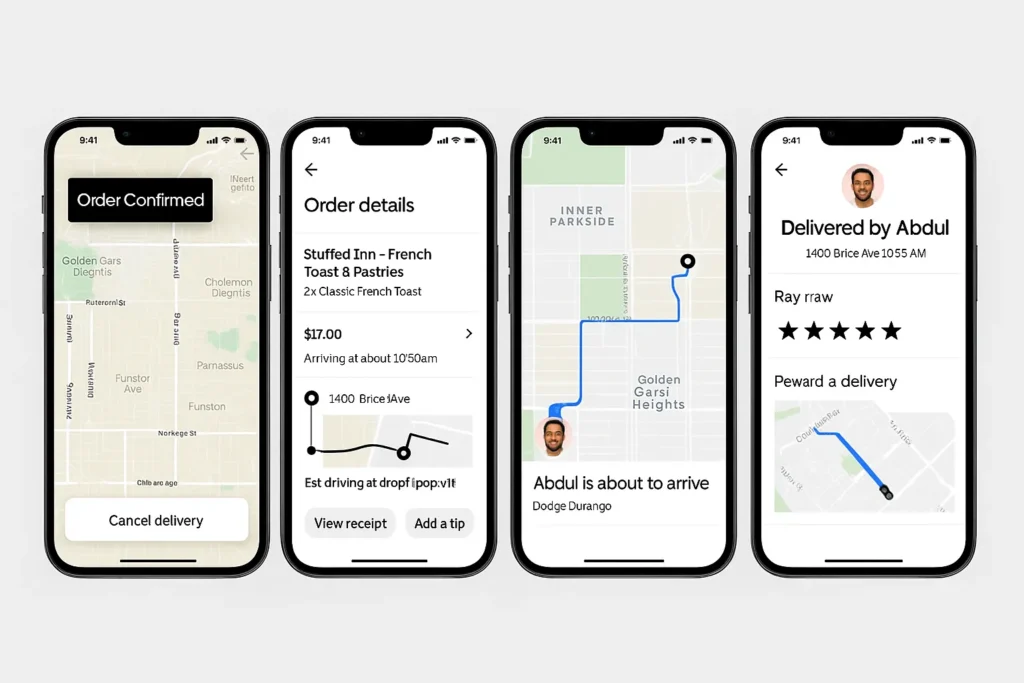
The Technology Behind Uber Delivery
Behind Uber Delivery’s smooth experience lies a sophisticated blend of AI, cloud infrastructure, and real-time data processing. The platform’s technology is designed to scale globally — handling millions of concurrent orders while maintaining low latency and accurate delivery estimates.
Tech Stack Overview (Simplified)
| Layer | Technologies Used | Purpose |
| Frontend (App & Web) | React Native, Swift (iOS), Kotlin (Android) | Delivers seamless multi-platform experience |
| Backend | Node.js, Go, Java | Handles user data, order logic, and business rules |
| Database | PostgreSQL, Cassandra, Redis | Stores user, restaurant, and delivery data efficiently |
| Cloud & Infrastructure | AWS, Google Cloud, Kubernetes, Docker | Enables global scalability and uptime |
| APIs & Integrations | Uber API, Google Maps API, Stripe, Twilio | Connects payments, maps, and notifications |
| AI/ML Layer | TensorFlow, PyTorch, Uber’s Michelangelo | Powers predictions, recommendations, and optimization |
Real-Time Features Explained
- Live Tracking: GPS + geofencing ensure continuous location accuracy.
- Dynamic ETA Calculation: ML models learn from real traffic and past trips.
- Order Status Synchronization: WebSockets and MQTT keep all parties instantly updated.
Data Handling & Privacy
Uber employs end-to-end encryption for all communications, anonymized location data, and compliance with GDPR and CCPA.
User data is stored securely on region-specific servers to meet local privacy laws.
Scalability Approach
Uber Delivery uses microservices architecture, allowing independent scaling of modules like order management, payments, or notifications.
Load balancers and CDNs ensure consistent performance even during high-demand events (like holidays or game nights).
Uber Delivery’s Impact & Market Opportunity
Uber Delivery isn’t just a delivery service — it’s a global logistics revolution that has reshaped consumer expectations, influenced business models, and redefined last-mile delivery. By 2025, it has evolved into one of the most scalable and profitable verticals in the gig economy.
Industry Disruption
Before platforms like Uber Delivery, food and parcel logistics were fragmented — dependent on phone-based orders, inconsistent delivery times, and high operating costs. Uber changed that by introducing a data-driven ecosystem that connects users, couriers, and merchants with unmatched precision.
This innovation disrupted:
- Traditional restaurant delivery chains (by offering shared logistics)
- Courier and postal services (with instant local delivery options)
- E-commerce logistics (by integrating same-day shipping solutions)
Market Statistics & Growth
| Metric | 2023 | 2025 (Projected) | Growth |
| Global Online Food Delivery Market | $340B | $410B | +20% |
| Global On-Demand Courier Market | $120B | $180B | +50% |
| Uber Delivery Active Users | 90M | 130M | +44% |
| Active Couriers | 3.8M | 5M+ | +32% |
| Average Order Frequency | 3.5x/month | 5x/month | +43% |
Uber Delivery’s growth reflects a massive shift in consumer behavior — people now expect instant gratification, whether it’s a meal, a gadget, or a gift.
User Demographics & Behavior
- Age Group: 18–40 years dominate usage, with Gen Z driving weekday orders.
- Gender Split: 52% male, 48% female.
- Peak Order Times: 12–2 PM (lunch) and 7–10 PM (dinner).
- Top Categories: Fast food, groceries, beverages, and local essentials.
Geographic Presence
Uber Delivery is active in 45+ countries including the U.S., India, Brazil, Mexico, U.K., Australia, UAE, and Japan.
Emerging markets like India, Indonesia, and Nigeria are showing the fastest growth, thanks to smartphone adoption and expanding gig economies.
Future Projections (2025–2030)
- Global food delivery market expected to hit $650B by 2030.
- Same-day parcel delivery will surpass $250B.
- AI-driven logistics to reduce delivery times by 30%.
- Drone and autonomous vehicle delivery pilots expanding in North America and Asia.
Opportunities for Entrepreneurs
The on-demand economy continues to thrive — and Uber Delivery’s success highlights the enormous opportunity for startups to build niche delivery platforms (e.g., pharmacy, pet food, local goods, B2B logistics).
This massive success is why many entrepreneurs and businesses want to create similar on-demand delivery platforms — leveraging Uber’s proven model but customizing it for specific markets and categories.
Mobile App vs Web Platform
- Mobile App: Designed for real-time notifications and GPS tracking.
- Web Platform: Best for merchants managing multiple orders, analytics, and inventory.
Both share the same backend and APIs, ensuring synchronization across devices.
API Integrations
Uber’s open API ecosystem enables:
- Restaurants to integrate directly into Uber’s order management system.
- Partners to offer “powered by Uber” delivery on their websites.
- Businesses to automate logistics workflows.
Why This Tech Matters for Business
This robust tech stack allows Uber Delivery to:
- Scale effortlessly across regions.
- Optimize delivery efficiency.
- Maintain high uptime and reliability.
- Offer powerful analytics for merchants and partners.
Building Your Own Uber Delivery-Like Platform
Creating a delivery app like Uber Delivery is one of the most promising startup opportunities of 2025. With consumer expectations for instant, reliable service at an all-time high, entrepreneurs can now enter this booming market faster than ever — especially with clone solutions and rapid deployment frameworks from Miracuves.
Why Businesses Want Uber Delivery Clones
- Proven Model: Uber Delivery has validated the on-demand logistics ecosystem worldwide.
- High Market Demand: Urban customers rely on delivery apps daily — from food to essentials.
- Scalable Monetization: Multiple revenue streams (commissions, ads, subscriptions).
- Adaptable Use Cases: Works for food, grocery, pharmacy, or parcel delivery.
- Fast ROI: Low upfront investment with quick scalability.
Key Considerations for Development
| Aspect | Description |
| Platform Type | iOS, Android, and web-based ecosystem |
| Architecture | Multi-sided marketplace for users, merchants, and drivers |
| Technology Stack | Flutter / React Native (apps), Node.js or Laravel (backend), AWS or GCP (cloud) |
| Features to Prioritize | Real-time tracking, multi-stop routing, in-app chat, multiple payment gateways |
| Compliance | GDPR/CCPA-compliant data handling and secure payments |
| Scalability | Cloud-native microservices for future market expansion |
Time & Cost Factors
Building an Uber Delivery-like app from scratch can take 12–18 months of full-cycle development and cost anywhere between $50,000 and $150,000, depending on complexity and region.
With Miracuves’ Uber Delivery Clone, you can launch in just 3–6 days — skipping months of development and saving massive upfront costs. Starting at only $2,899, it’s a faster, more affordable, and fully scalable solution built with enterprise-grade performance and complete customization flexibility.
Essential Features to Include
- Real-time GPS tracking & order updates
- Smart dispatching system
- Multi-vendor management
- Secure payments & wallet
- Ratings & reviews
- Driver incentives & performance analytics
- Admin dashboard for full control
Conclusion
Uber Delivery has transformed how people eat, shop, and send across cities. What started as a food delivery service has now evolved into a multi-vertical logistics powerhouse, redefining convenience in 2025. Its blend of AI-driven operations, smart routing, and seamless app experience continues to set the global standard for speed and reliability.
For entrepreneurs, the Uber Delivery story is proof that on-demand platforms are the backbone of the modern economy. With the right technology and execution, building a region-specific or niche-focused delivery platform can be a highly profitable venture.
That’s where Miracuves steps in — empowering startups and enterprises with ready-to-launch Uber Delivery clone solutions tailored to your goals. Whether you want to build a food, grocery, or courier app, Miracuves helps you launch in just 3-6 days with proven scalability and expert guidance.
Build Your Own Uber Delivery Clone Today Launch your on-demand delivery platform in just 3-6 days with Miracuves’ ready-made Uber Delivery clone. Contact Us Now to get a free consultation and live demo.
FAQs
Q:1 How does Uber Delivery make money?
Uber Delivery earns revenue from merchant commissions (15–30%), user delivery/service fees, advertising, and its Uber One subscription program. It also partners with major retailers for logistics services.
Q:2 Is Uber Delivery available in my country?
Yes — as of 2025, Uber Delivery operates in 45+ countries, including the U.S., India, Brazil, the U.K., UAE, and Japan. You can check availability directly in the Uber app.
Q:3 How much does Uber Delivery charge users?
Customers typically pay $1.99–$5.99 per delivery plus a small service fee (5–10%), which varies by location and demand.
Q:4 What’s the commission for service providers or merchants?
Merchants pay 15–30% per completed order, depending on their partnership plan, visibility tier, and location.
Q:5 How does Uber Delivery ensure safety?
Uber uses real-time GPS tracking, two-way ID verification, contactless delivery, and customer support monitoring to ensure every delivery is safe for both couriers and users.
Q:6 Can I build something similar to Uber Delivery?
Absolutely! With Miracuves’ Uber Delivery clone solution, you can build your own delivery app in 7–14 days, customized for your business model and region.
Q:7 What makes Uber Delivery different from competitors?
Its global driver network, AI-powered dispatch system, and integrated app ecosystem (rides + deliveries + connect) make it more efficient and scalable than most local rivals.
Q:8 How many users does Uber Delivery have?
Over 130 million monthly active users worldwide as of 2025, with growth strongest in emerging markets.
Q:9 What technology does Uber Delivery use?
Uber Delivery runs on AI-driven algorithms, real-time tracking, cloud-based microservices, and data-driven analytics to optimize routes and speed.
Q:10 How can I create an app like Uber Delivery?
Partner with Miracuves to develop your own Uber-style delivery platform. Using pre-built clone scripts, Miracuves can help you launch in 3-6 days with full customization
Related Articles:

